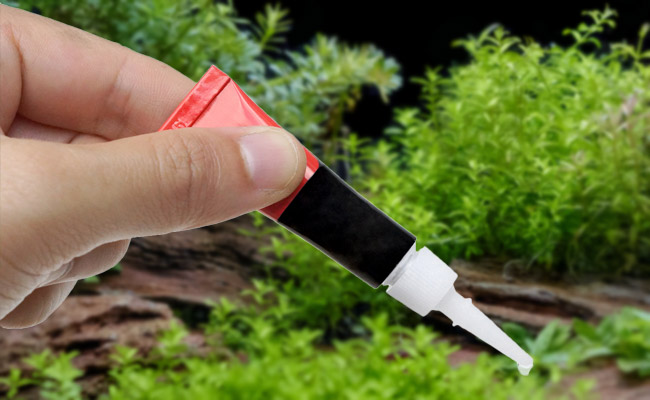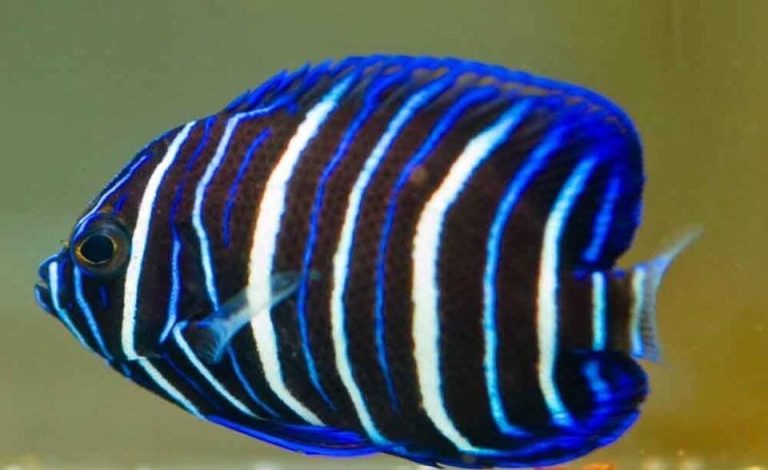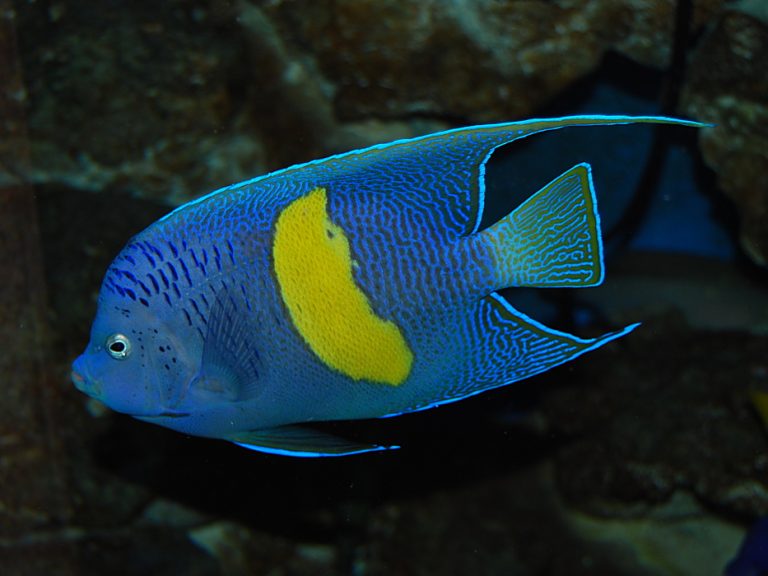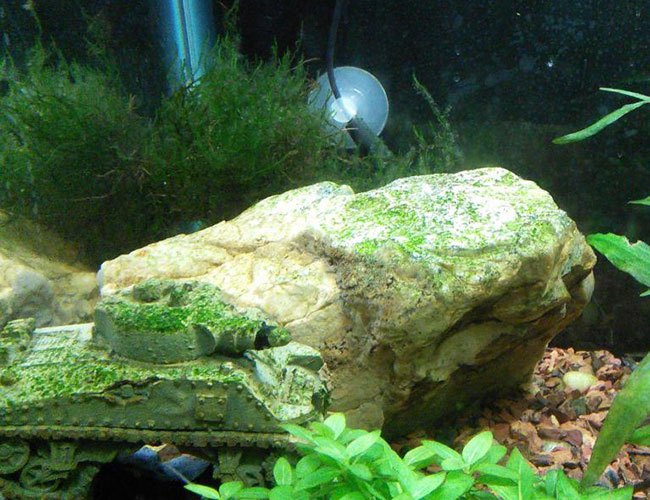Is Cyanoacrylate Toxic To Fish
Is Cyanoacrylate Toxic to Fish?
If you’re an aquarium enthusiast or simply interested in the welfare of fish, you may have wondered whether cyanoacrylate is toxic to fish. Cyanoacrylate is a type of adhesive commonly known as superglue, and it’s used for a wide range of applications. In this article, we’ll delve into the topic and find out whether cyanoacrylate poses a risk to fish.
What is Cyanoacrylate?
Cyanoacrylate is a fast-drying adhesive that bonds quickly to various materials. It has a range of applications, from repairing broken items to crafting projects and even medical applications. Cyanoacrylate adhesives form a strong, clear bond and are often referred to as “super glue.”
Cyanoacrylate and Fish
Permeability
One of the concerns regarding cyanoacrylate and fish is the adhesive’s permeability. Fish rely on their gills to extract oxygen from the water, and any substance that can impede this exchange can be harmful to aquatic life.
Cyanoacrylate adhesives, once cured, are generally considered to be non-toxic and water-resistant. This means that once the adhesive has dried, it creates a solid and non-permeable barrier. As a result, the cured cyanoacrylate is unlikely to release any harmful substances into the water that could adversely affect fish.
Curing Process
The curing process of cyanoacrylate adhesives is crucial to understanding their potential impact on fish. When exposed to moisture, cyanoacrylate adhesives undergo a rapid polymerization reaction, leading to the formation of a solid bond. This reaction is essential for the adhesive’s performance but occurs rapidly, often within seconds.
Once the cyanoacrylate adhesive has fully cured, it becomes an inert substance and is generally considered safe for fish. However, during the curing process, there may be a small release of fumes, which could potentially be harmful to fish if inhaled directly. It’s essential to allow the adhesive to fully cure in a well-ventilated area before introducing it into an aquarium.
Application Techniques
When using cyanoacrylate in an aquarium, it’s crucial to follow proper application techniques to ensure the safety of the fish. Here are some important guidelines to keep in mind:
1. Use a small amount: Applying too much cyanoacrylate adhesive can create excess fumes during the curing process. Using a minimal amount of adhesive reduces the risk of inhaling fumes and minimizes any potential impact on fish.
2. Allow for complete curing: Before introducing any cyanoacrylate-treated items into the aquarium, be sure to allow for complete curing. This includes ensuring that the adhesive is fully dried and any associated fumes have dissipated.
3. Avoid direct contact with water: To prevent any potential leaching or corrosion, it’s best to avoid direct contact between cyanoacrylate-treated items and the aquarium water. For example, if using cyanoacrylate to attach decorations or repair objects within the tank, position them in a way that minimizes contact with the water.
4. Consider alternative options: If you have concerns about using cyanoacrylate in your aquarium, there are alternative adhesive options available specifically designed for aquatic environments. These alternatives are formulated to be safe for fish and provide excellent bonding properties.
Frequently Asked Questions
1: Is cyanoacrylate toxic to all types of fish?
When used responsibly and with proper curing techniques, cyanoacrylate is generally considered safe for most types of fish. However, certain sensitive species may be more susceptible to the fumes released during the curing process. If you have delicate or rare fish species, it’s best to consult with experts or opt for alternative adhesive options.
2: Can cyanoacrylate harm fish eggs or fry?
Fish eggs and fry are particularly delicate and vulnerable to changes in their environment. While cured cyanoacrylate is generally considered safe for fish, it’s best to avoid using it directly in proximity to eggs or fry to minimize any potential risks. Opt for alternative adhesive options or ensure proper curing and ventilation before introducing cyanoacrylate-treated items near eggs or fry.
3: Are there any alternative adhesives specifically designed for aquariums?
Yes, several adhesive options are specifically formulated for aquarium use. These adhesives are designed to be non-toxic to fish and provide reliable bonding properties. It’s always a good idea to explore these alternatives if you have concerns about using cyanoacrylate in your aquarium.
Final Thoughts
While cyanoacrylate adhesives may raise concerns about their potential impact on fish, it’s essential to understand the key factors: the adhesive’s permeability, the curing process, and proper application techniques. When used responsibly and with consideration for these factors, cyanoacrylate is generally safe for fish. However, it’s always a good idea to research and explore alternative adhesive options if you have specific concerns or delicate fish species in your aquarium. By taking the necessary precautions, you can ensure the well-being of your aquatic companions while enjoying the benefits of cyanoacrylate’s versatility and effectiveness.






